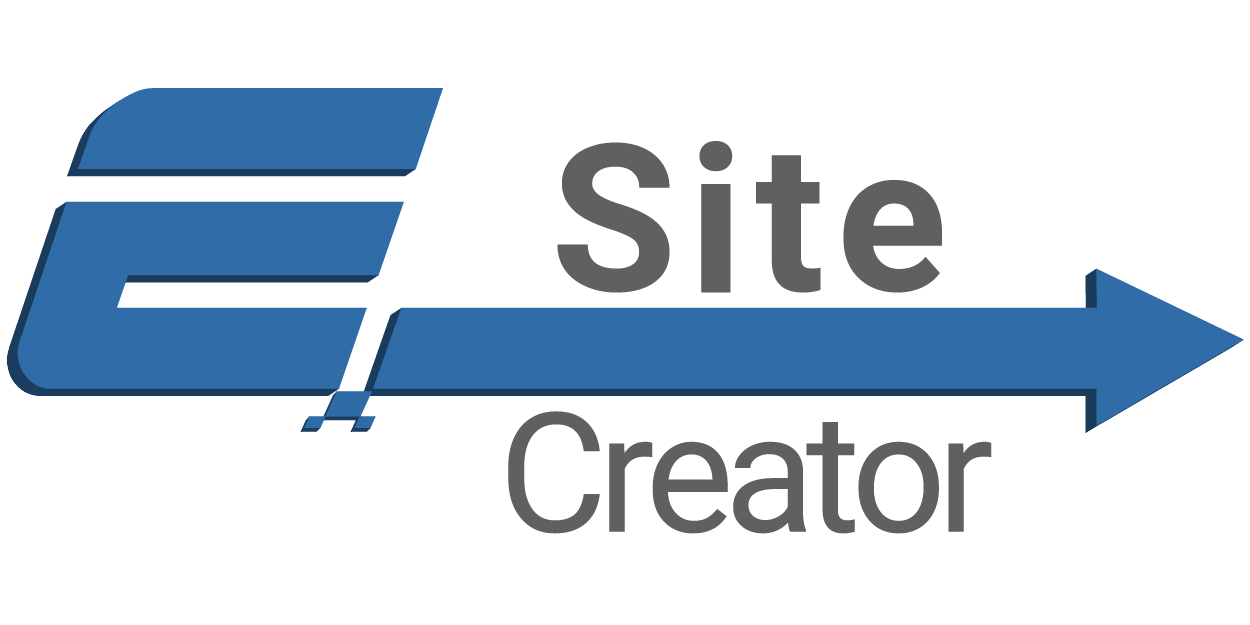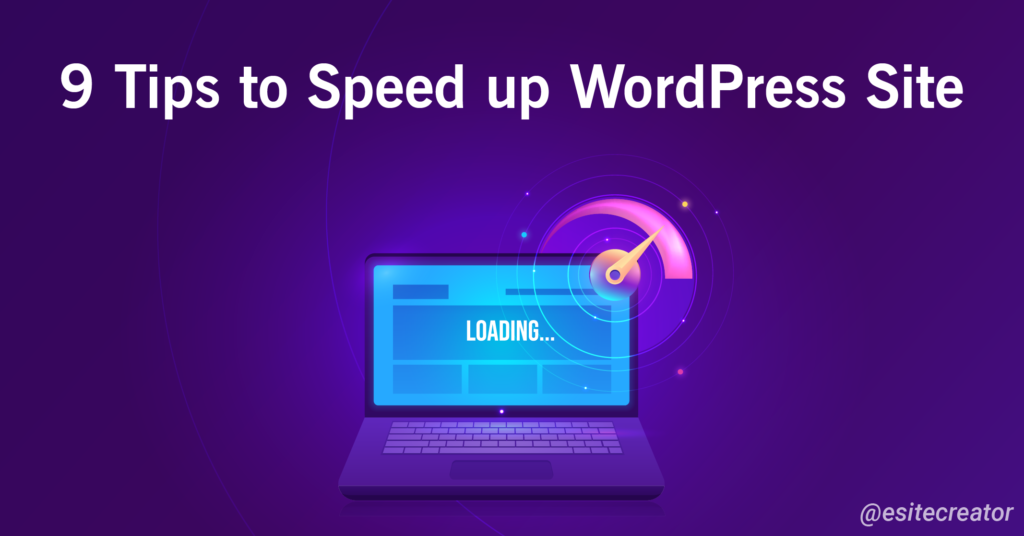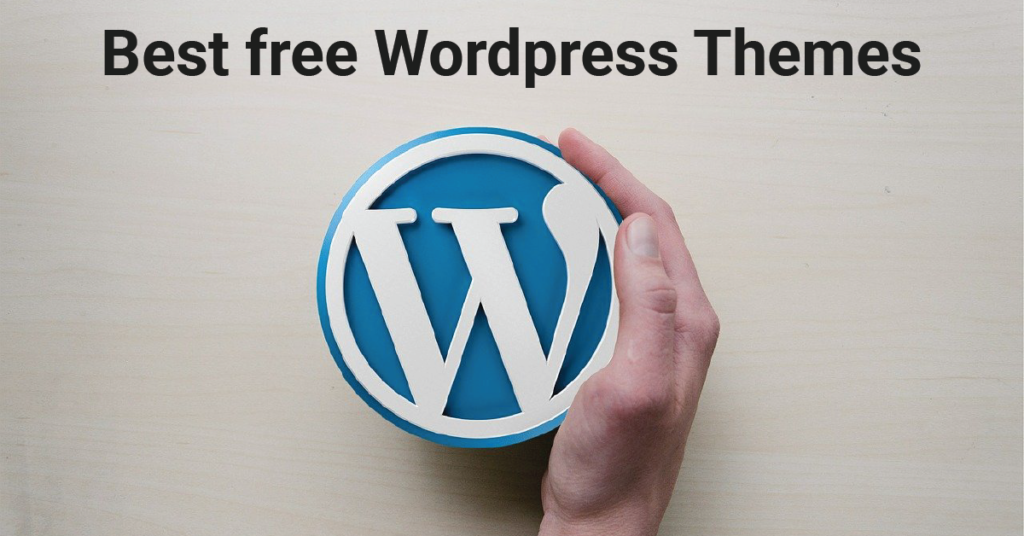Improving your WordPress website’s speed is something you should worry about the most during a technical audit. Generally, users prefer to browse sites that have better page loading speed and there are numerous online tools that offer detailed insights on your website speed performance.
Fast loading pages improve user experience, increase your pageviews, and help with your WordPress SEO. In this article, we will share the most useful WordPress speed optimization tips to boost WordPress performance and speed up your website.
Why should you speed up WordPress?
There are many reasons that ring alarm bells, some of which might even cause major concerns for you:
- Online buyers are the most impatient lot; they expect the page to load within a second. So, if you are running an e-commerce store on WordPress then you better get ready to make major improvements so your business can be more profitable.
- Search engines (like Google) rank websites with fast-loading times higher than the slow-loading ones. So, if you want to improve your position in the SERPs, improving speed should be one of your priorities.
- When a person lands on your site for the first time, you only have a few seconds to capture their attention to convince them to hang around.
How to Check Your WordPress Website Speed?
Often beginners think that their website is OK just because it doesn’t feel slow on their computer. That’s a HUGE mistake.
Since you frequently visit your own website, modern browsers like Chrome store your website in the cache and automatically prefetch it as soon as you start typing an address. This makes your website load almost instantly.
List of free online tool that allows you to test your website’s speed:
1. Choose a better web hosting provider
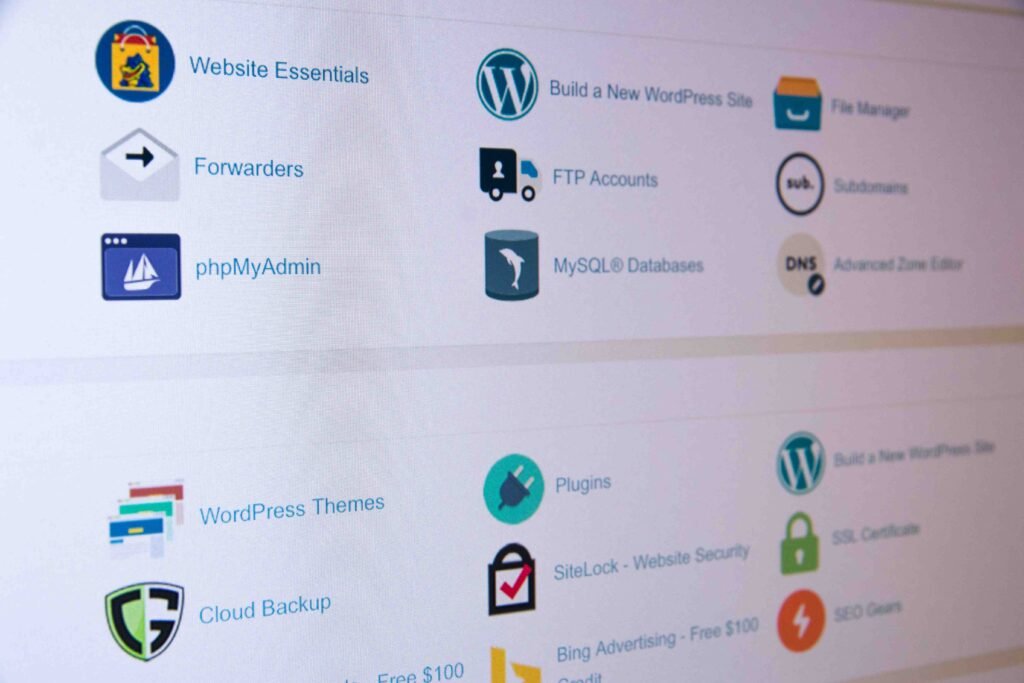
The major factor that influences the speed of a website is the hosting of your WordPress website. It might seem like a good idea to host your new website on a shared hosting provider that offers “unlimited” bandwidth, space, emails, domains and more. However, the point that we usually miss out on regarding this offer is that shared hosting environments fail to deliver good loading times on peak traffic hours, and most fail to provide 99 percent uptime in any given month.
Shared hosting tends to deliver a poorer performance because you are sharing the same server space with countless other websites, and there is no telling how much resources others are using. Plus, you don’t know exactly how well the servers are optimized.
Thankfully, the web-hosting industry has advanced with technology, and the prices of cloud hosting providers have decreased with the passage of time. In the present times, you can buy dedicated cloud servers from SiteGround, DigitalOcean, Amazon Web Services, and even Google Compute Engine at a nominal price. However, setting those servers up can be a daunting task as you are required to set servers up from scratch. There are web hosting providers like Cloudways (where I work) who make the task of setting up optimized cloud servers as easy as click and launch.
2.Optimize images (automatically)
Yahoo! has an image optimizer called Smush.it that will drastically reduce the file size of an image, while not reducing quality.
However, if you are like me, doing this to every image would be beyond a pain, and incredibly time consuming.
Fortunately, there is an amazing, free plugin called WP-SmushIt which will do this process to all of your images automatically, as you are uploading them. No reason not to install this one. If you prefer to manage this on your desktop, I really like Squash for Mac users.
3.Add LazyLoad to your images
LazyLoad is the process of having only only the images above the fold load (i.e. only the images visible in the visitor’s browser window), then, when reader scrolls down, the other images begin to load, just before they come into view.
This will not only speed you page loads, it can also save bandwidth by loading less data for users who don’t scroll all the way down on your pages.
To do this automatically, install the jQuery Image Lazy Load plugin.
4. Optimize your homepage to load quickly
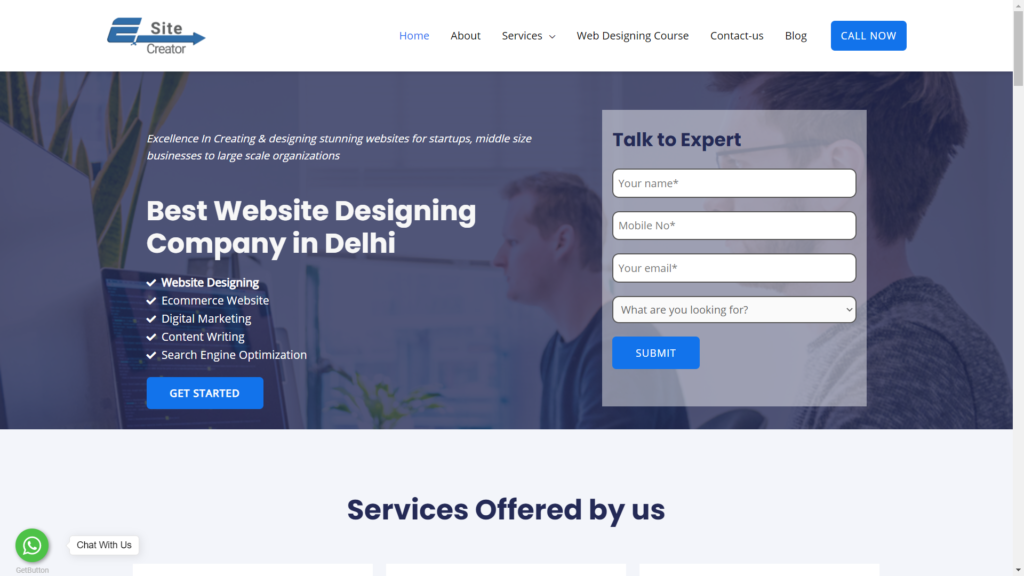
This isn’t one thing but really a few easy things that you can do to ensure that your homepage loads quickly, which probably is the most important part of your site because people will be landing there the most often.
Things that you can do include:
- Show excerpts instead of full posts
- Reduce the number of posts on the page (I like showing between 5-7)
- Remove unnecessary sharing widgets from the home page (include them only in posts)
- Remove inactive plugins and widgets that you don’t need
- Keep in minimal! Readers are here for content, not 8,000 widgets on the homepage
Overall, a clean and focused homepage design will help your page not only look good, but load quicker as well
5. Use a Theme Optimized For Speed
When selecting a theme for your website, it’s important to pay special attention to speed optimization. Some beautiful and impressive-looking themes are actually poorly coded and can slow your site way down.
It’s usually better to go with a simpler theme than to choose a theme that’s bloated with complex layouts, flashy animations, and other unnecessary features. You can always add those features using quality WordPress plugins.
6. Use Latest PHP Version

This single change alone could boost your WordPress speed by almost 1.5x. A lot of WordPress website is still using PHP 5.6 which is a depreciated version of PHP. The latest one is PHP 7.4 which offers a significant performance boost.
The PHP part is handled by your web-hosting company and either you can manually check your existing version of PHP on which your WordPress site is running on, or you could simply ask the customer support:
Which PHP version your WordPress website is running on?
If it is less than 7.0 (Which is 5.6), you can ask them to upgrade to the latest PHP version.
7. Don’t use too many WordPress plugins

One of the most significant powers of WordPress is plugins, and some of you are so obsessed with it, that you are using more than 30-40 plugins on your blog. Well, not all plugin is bad,
Try to minimize the number of plugins on your blog and regularly clean up your database. Advanced database cleaner plugin can help you do that in no time.
Ensure that you are using at least one cache plugin on your blog, and I’m suggesting WP-Rocket plugin. One thumb rule, get rid of outdated plugins.
A lot of our users also asked “How do I speed up WordPress plugin”?
The best way to do that is by using less WordPress plugins. Whenever possible, get the custom codes to add a feature, that you need.
8. Avoid Hosting Videos on Your Own Site
Continuing with the topic of media, videos are also an issue. While WordPress is perfectly capable of hosting and playing videos, doing so is not a good idea.
First of all, it costs you bandwidth, which is especially important if you have a limited hosting account. Secondly, it will make your WordPress site considerably larger and thus harder to back up.
Most importantly – there are loads of superfast video hosting sites that can probably do a much better job than your own server ever could. Plus, with auto embeds, literally, everything you have to do to include videos in your content is to copy the YouTube, Vimeo or DailyMotion link and paste it into the WordPress editor.
9. Use Content Delivery Network

A Content Delivery Network or CDN is another useful tool to speed up your WordPress site. A CDN essentially contains a network of servers spread across different locations around the globe. These servers cache or store your site’s static content like images, CSS, HTML, JS, etc. They deliver these copies to viewers when requested.
The aim is to reduce latency caused in data transmission over large distances. Meaning, if your site’s servers are located in the USA, then customers trying to view your site from Europe can experience low site speed because the information has to travel over a large distance.
Now if you choose a CDN server in Europe, then your site’s static content will get stored there, and your site’s load speed will also increase!
You can find a lot of CDN plugins in the WordPress repository. You can also check out the much-recommended Cloudflare CDN that can be easily installed on your WordPress website.
That’s it! We hope this article helped you learn how to speed up WordPress site
